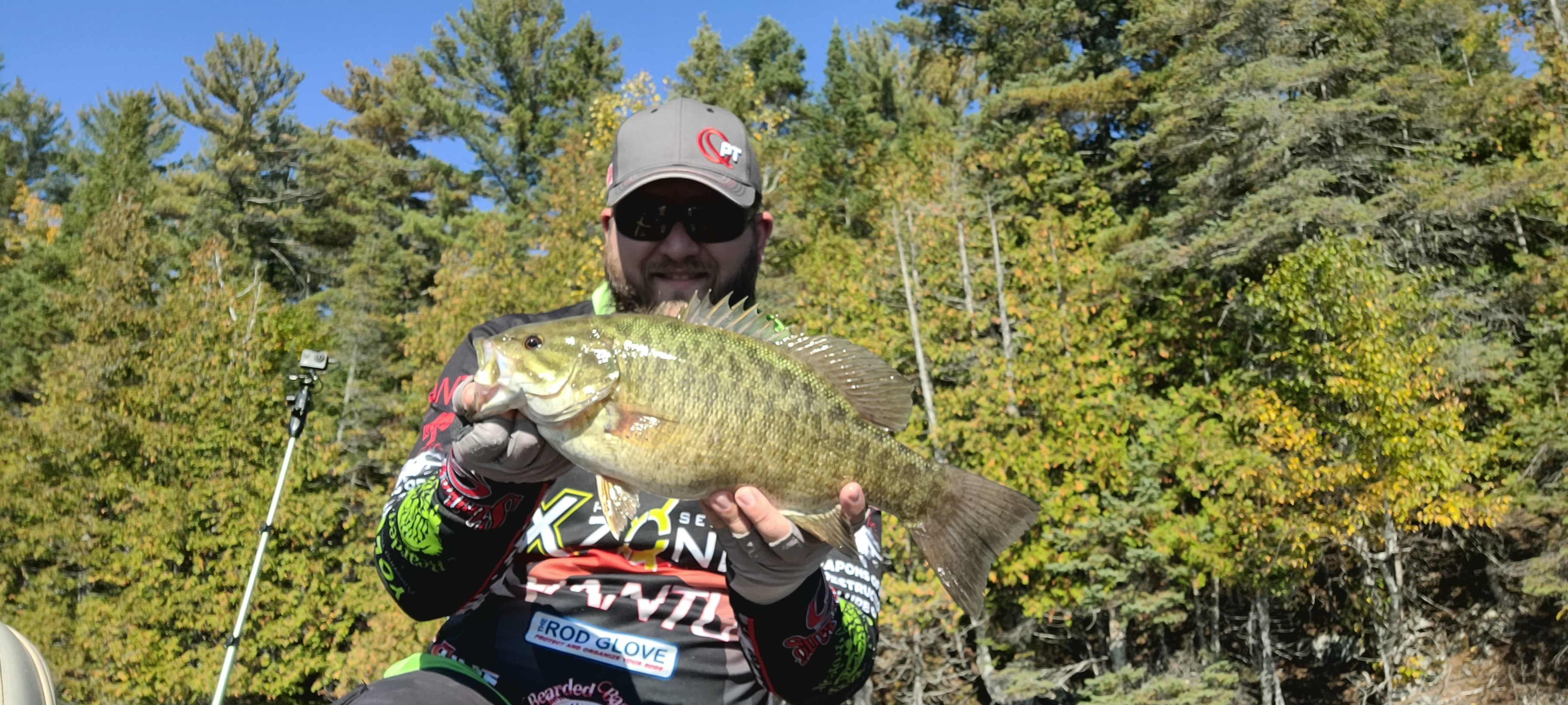Jigging into confidence
- Bearded Bass Projekt

- Jan 22, 2023
- 4 min read
It goes without saying that in a bass angler’s arsenal a jig is a powerful tool all around the year. From low activity periods up to when bass are actively eating, a jig will catch them and often bigger ones. I waited a long while before I decided to jump onboard that train and personally it is probably the only regret, I can think of in my fishing career.
Once I picked it up and got comfortable with it, I truly understood why anglers devote so much time to it and what made a jig such a powerful tool.
So, let’s break down what makes a “bass fishing jig” different from what we commonly call a “jig”

Let’s start with head design. The most popular jig head design is the ol’ faithful ball head jig that is simply a round ball with a 90 degrees eye and a hook. You see them sold in packs and bulks everywhere and will always be there. Bass fishing jigs comes in many shapes with specific roles for each. Oddly enough, the ball head is not that common. The four most popular head types will be the arky, the football, the flipping and the swim head design.
The arky head out of all is what I consider my bread and butter as it is the most polyvalent one. With a flatter bottom and rounded front, it’ll come through grass fairly easily, drags across the bottom nicely, floats good on soft bottoms and skips like a charm which makes it an ideal choice around docks.

The football head as its name implies, looks like a football. It is the best choice for dragging across bottom in sand and rocky structures. Around grass, the wide head design makes it less ideal as it will get hung up way more.

The flipping head design get’s its name from the technique of flipping and is perfectly suited for heavy vegetation, wood cover and docks. Some will have a recess line tie while others will have an exposed one. I personally like the recessed one as it makes for a more compact profile and I find it to come through cover better.

The swim head design is the one that differs from the others as they’re more bottom contact oriented, the swim head aims more towards a cast and retrieve approach. Sures you can hop it and pop it but it was originally designed to be on the move off the bottom.

Next you have the weed guard. This is to me a component that is pretty much as crucial as the hook itself. Too stiff and you will miss fish because it won’t fold out of the way to let the hook penetrate. Too soft and at the slightest pressure from grass, wood or something else and the hook point will grab on. Some will modify the guard to make it softer or stiffer depending on conditions.
Then you move to the skirt. This is where your jig almost comes to life. A good skirt will have good action while the jig is moved around but needs to have some movement when the jig is simply sitting still. It needs to be soft yet resistant. It is also where you get the general idea for matching the hatch. Patterns and color variations are endless and can be easily customized. Like the guards some will modify them by trimming or thinning them to enhance or mute the action.
Let’s move to another key component, they bait keeper. A good keeper will hold your trailer bait in place firmly. They vary from a simple hook like design to wires, corkscrews and combinations of them.
Now the component that can make or break a good jig, or any lure for that matter: the hook. A good jig will have a high quality, sticky sharp hook that needs to hold up to the abuse the jig will go through. Remember that we will often toss a jig in some of the gnarliest of covers in search of big bass. A good hook also needs to stay sharp for a long time and to me it also needs to be easily resharpened if need be. I will cover that in another text later on.
The last part and this one varies the most will be the trailer bait. There’s no right or wrong choice from types, shapes or colors. Most important is to keep in mind what you want you jig to represent when you toss it around. Do you want it to look like a bug, a craw, something swimming through the water column etc.

Overall, choosing your jig comes down to one major thing: what do you want to represent. From the color selection, to the trailer, the modifications you can do the end goal is to match the hatch of something that roams the waters of where you will toss it.
As far as how to fish it, I will make a series of texts describing how I work them based on conditions. I will also include in each texts the rod, reel and line selection that I recommend.
One thing that I can tell you is that now I could not consciously leave the house for a day out without at least one jig tied one. It as proven to be my number one big fish producing technique across the board.
My jig of confidence: https://weaponsofbassdestruction.ca/
(Promo code BBPJIGS10)
My trailers of confidence: https://www.xzonelures.ca/site/home
So don’t be afraid to pick up some and get ready for some interesting results!
Pascal
Bearded Bass Projekt







Comments